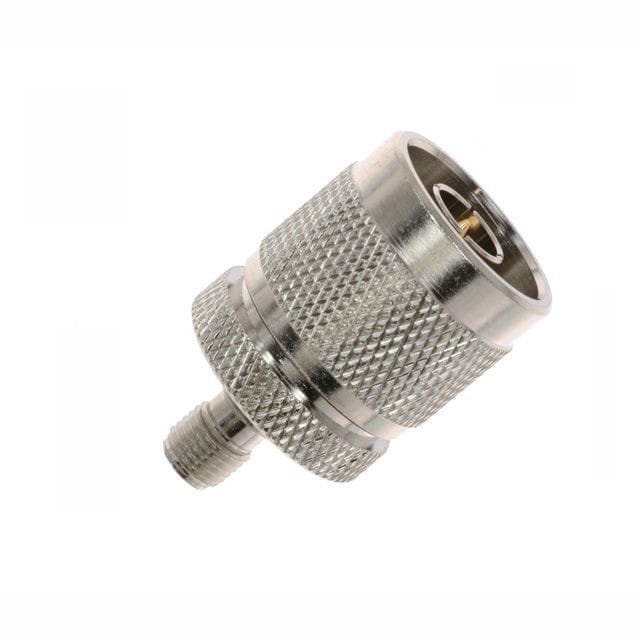PW0-105 Online Practice Questions and Answers
Given: To ease user complexity, your company has implemented a single SSID for all employees. However, the network administrator needs a way to control the network resources that can be accessed by each employee based on their department.
What WLAN feature would allow the network administrator to accomplish this task?
A. SNMP
B. VRRP
C. RBAC
D. IPSec
E. WIPS
F. WPA2
Given:
An 802.11 WLAN transmitter that emits a 50 mW signal is connected to a cable with 3 dB loss. The cable
is connected to an antenna with 16 dBi gain.
What is the EIRP power output?
A. 17 dBm
B. 20 dBm
C. 23 dBm
D. 27 dBm
E. 30 dBm
Given: When designing a WLAN infrastructure implementation for high client density at a public venue such as a conference or stadium, what are common best practices? (Choose 2)
A. Use high-gain omnidirectional antennas to improve SNR
B. Use directional antennas to isolate the RF propagation
C. Configure APs to transmit at or near their maximum power setting
D. Use WPA2-Personal security for ease of deployment
E. Disable 802.11n MCS rates to prevent high overhead protection mechanisms
F. Implement a band steering feature for dual-band clients
What three cipher suites are specified by the IEEE 802.11-2007 standard? (Choose three)
A. Counter Mode with CBC-MAC Protocol
B. Wi-Fi Protected Access v1 and v2
C. Internet Protocol Security
D. Extensible Authentication Protocol
E. Internet Key Exchange v2
F. Wired Equivalent Privacy
G. Temporal Key Integrity Protocol
What term correctly completes the following sentence?
In an IEEE 802.11 frame, the IP packet is considered by the MAC layer to be a(n) _________.
A. MAC Service Data Unit (MSDU)
B. MAC Protocol Data Unit (MPDU)
C. Bridge Protocol Data Unit (BPDU)
D. PLCP Service Data Unit (PSDU)
E. PLCP Protocol Data Unit (PPDU)
In an infrastructure Basic Service Set (BSS), how does the passive scanning process occur?
A. Access points broadcast Beacons on all channels of each radio within the regulatory domain. Nearby client stations record information found in the Beacons for use in the association process.
B. Client stations broadcast Probe Request frames on all supported channels in the regulatory domain. Nearby access points respond with Probe Response frames. Client stations record information in the Probe Response frames for use in the association process.
C. Client stations broadcast Probe Request frames on the single channel for which they are programmed. Nearby access points respond on that channel with Probe Response frames. Clientstations record information found in the Probe Response frames for use in the association process.
D. Access points broadcast Beacons on a single channel for which it is programmed. Nearby client stations listen for Beacon frames and record information found in the Beacons for use in the association process.
Which features are incorporated in the 802.11-2007 specification and are recommend for robust WLAN client security? (Choose 2)
A. SSID hiding
B. CAPWAP with DTLS
C. 802.1X/EAP
D. CCMP cipher suite
E. IPSec VPN
F. MAC address whitelists
What is the purpose of the WLAN component shown in the exhibit?

A. Connecting an unterminated coaxial RF cable to an N-type female connector on an antenna
B. Adapting an antenna with an SMA connector to an AP with an N-type female connector
C. Connecting a lightning arrestor (gas discharge tube) to a grounding rod cable
D. Providing a fixed amount of signal attenuation between a signal source and an SMA antenna connector
